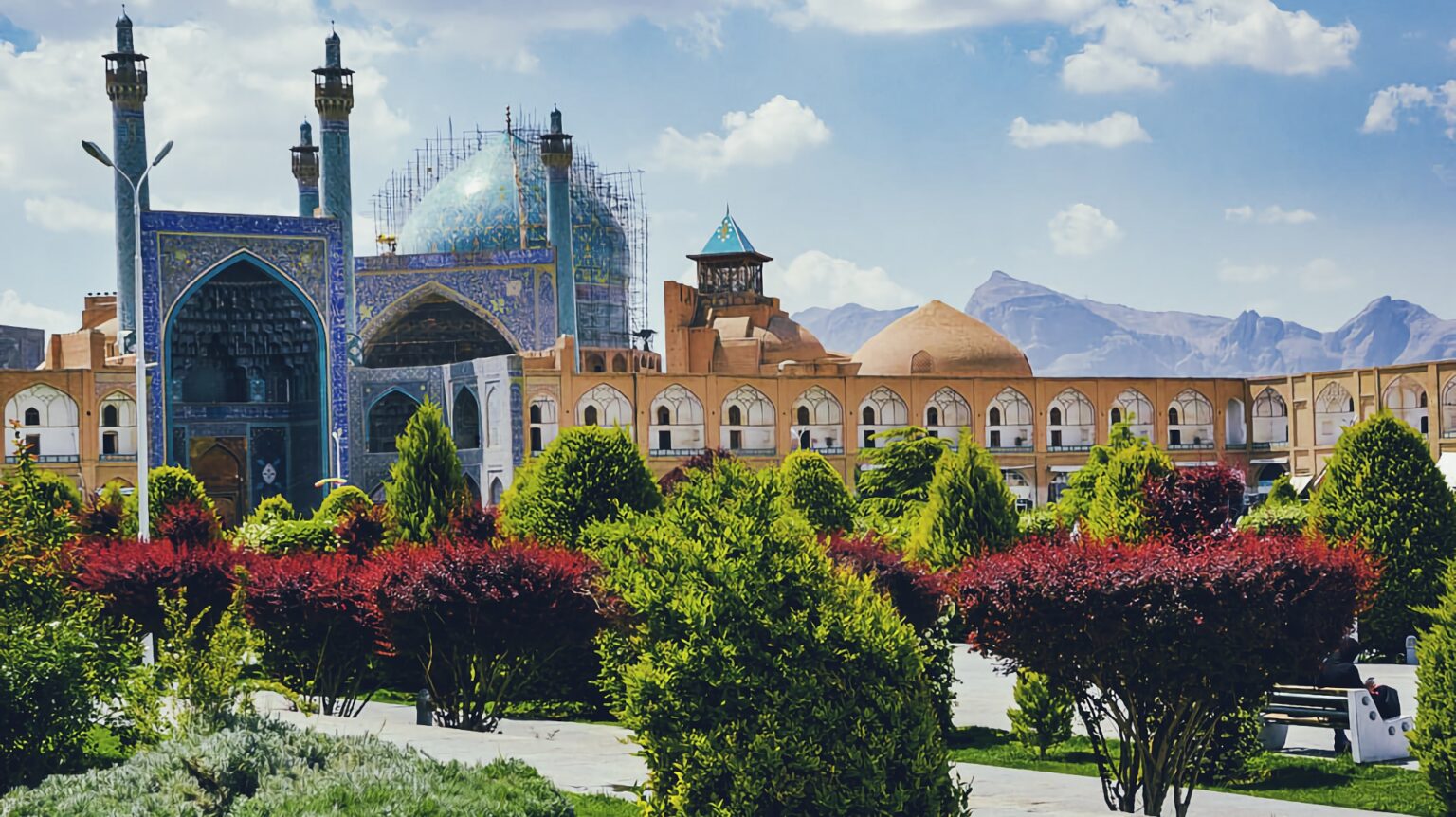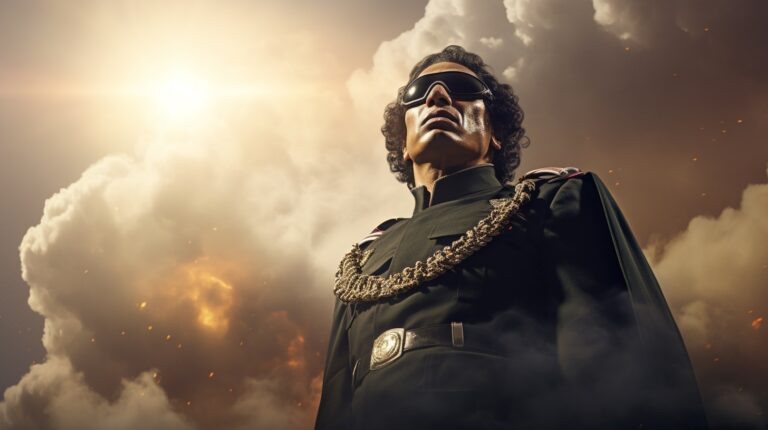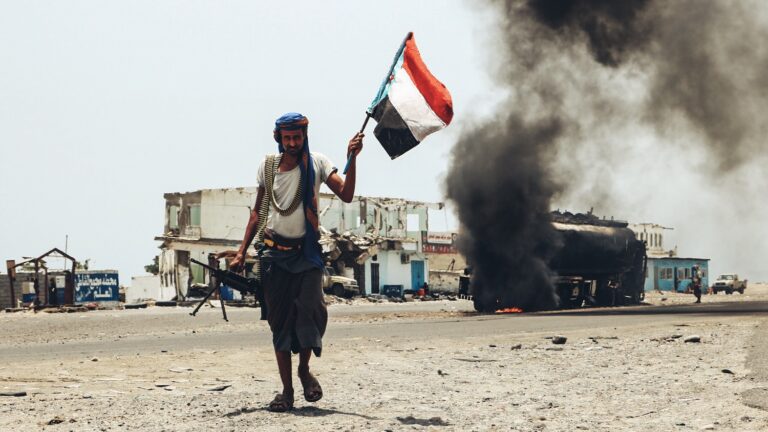Iran, officially known as the Islamic Republic Of Iran, is a country located in the Middle East, bordered by Iraq, Turkey, Afghanistan, Pakistan, and others.
I have strong sentiments toward Iran, since I distinguish between the Iranian regime and the Iranian people. I highly esteem Iranian music and culture.
Moshe Dayan, former Israeli military leader
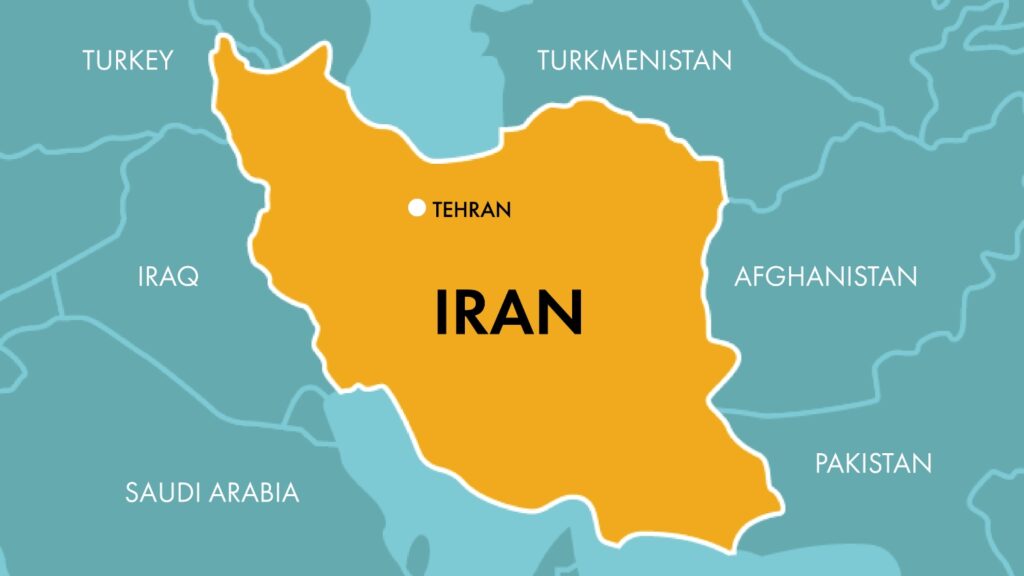
Quick history
It has a history that goes back thousands of years and was home to several strong empires, such as the Persian Empire, which was one of the best and biggest in the world.
Persian traditions are at the heart of Iranian literature, poetry, music, art, and architecture. People from this area have made important contributions to medicine, science, maths, and philosophy.
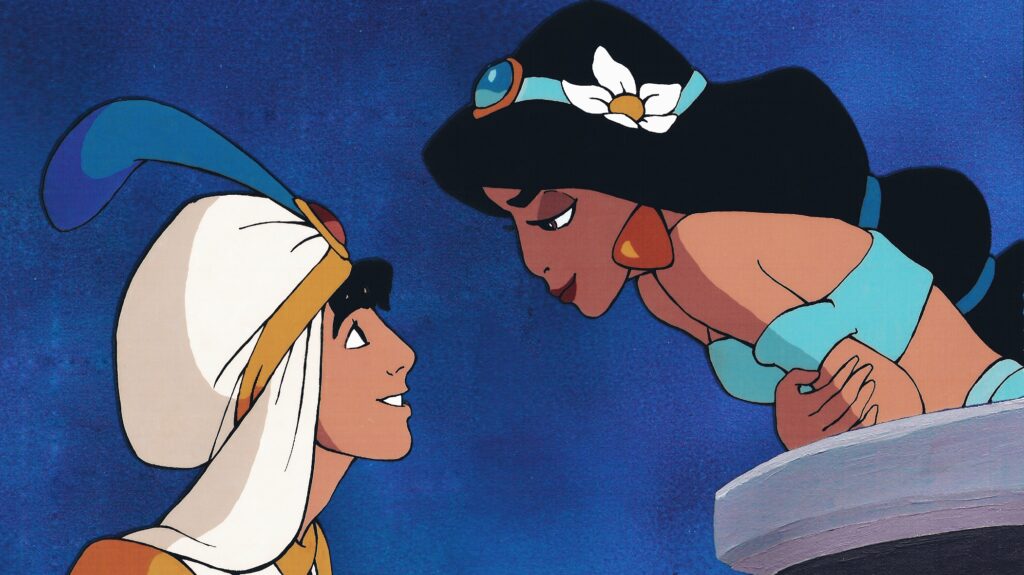
The following originated in Iran (or Persia):
- Persian carpet,
- qanat water management system,
- windcatcher architecture,
- algebra and trigonometry advancements,
- polo,
- backgammon,
- yakhchal (ancient refrigerators),
- Persian gardens,
- tar (musical instrument),
- kerosene,
- postal system, and
- animation (shadow play).
Iran’s landscape is incredibly beautiful, from the snow-capped Alborz Mountains to the turquoise waters of the Persian Gulf.
Rick Steves, travel writer
People and politics
The majority of people in Iran are Muslims, with Shia Islam being the predominant branch.
Shia Islam is a big part of it. It began after Muhammad died. Shias believe that Ali, who was Muhammad’s cousin and son-in-law, should have been the next leader. They have Imams, who are priests who lead their religion. The Shia have their own traditions and holy days.

Iran is a theocratic republic with a complex political system.
The Supreme Leader holds the highest authority, overseeing the military, judiciary, and other key institutions. The president, elected by popular vote, serves as the head of government.
The West (particularly the United States) has painted Iran as an enemy ever since the revolution.
The regime change in Tehran in 1979 deprived the US of one of its leading strategic assets in the region.
Marco Carnelos, Middle East Eye
An important part of the revolution was the desire of many Iranians to break away from Western influence.
Before he died, Mohammad Pahlavi was the shah of Iran. He was a close friend of the United States (US) and brought many Western-style changes to Iran.
Which was a problem.
The reforms included making the economy and education more secular (and Western).
A lot of Iranians didn’t like the reforms because it went against their Islamic culture and identity.
The Iranian Revolution was a revolt against the shah and his pro-American reforms.
The people of Iran are warm, generous and welcoming. Their culture and history date back thousands of years, leaving behind beautiful works of art, architecture and poetry.
Louisa Shafia, Canadian travel blogger
Myths about Iran
The revolution was also about a rejection of Western dominance in the Middle East.
As a result, many myths about Iran have been pushed by Western intelligence. For example:
- Iran is a totalitarian state in which people have no freedom.
- Iran is a sponsor of terrorism.
- Iran has nuclear weapons.
These myths are often used to justify the West’s continued hostility (such as sanctions and military action) towards Iran.
Setareh Sadeqi is an Iranian independent journalist. Check out her hilarious trolling of Instagram’s algorithm.
Here’s my conversation with her.
The people of Iran are intelligent, hardworking and family-oriented. Their culture places a high value on poetry, art and architecture, leaving a legacy of beautiful mosques, madrasas and gardens across the country.
Quora user


